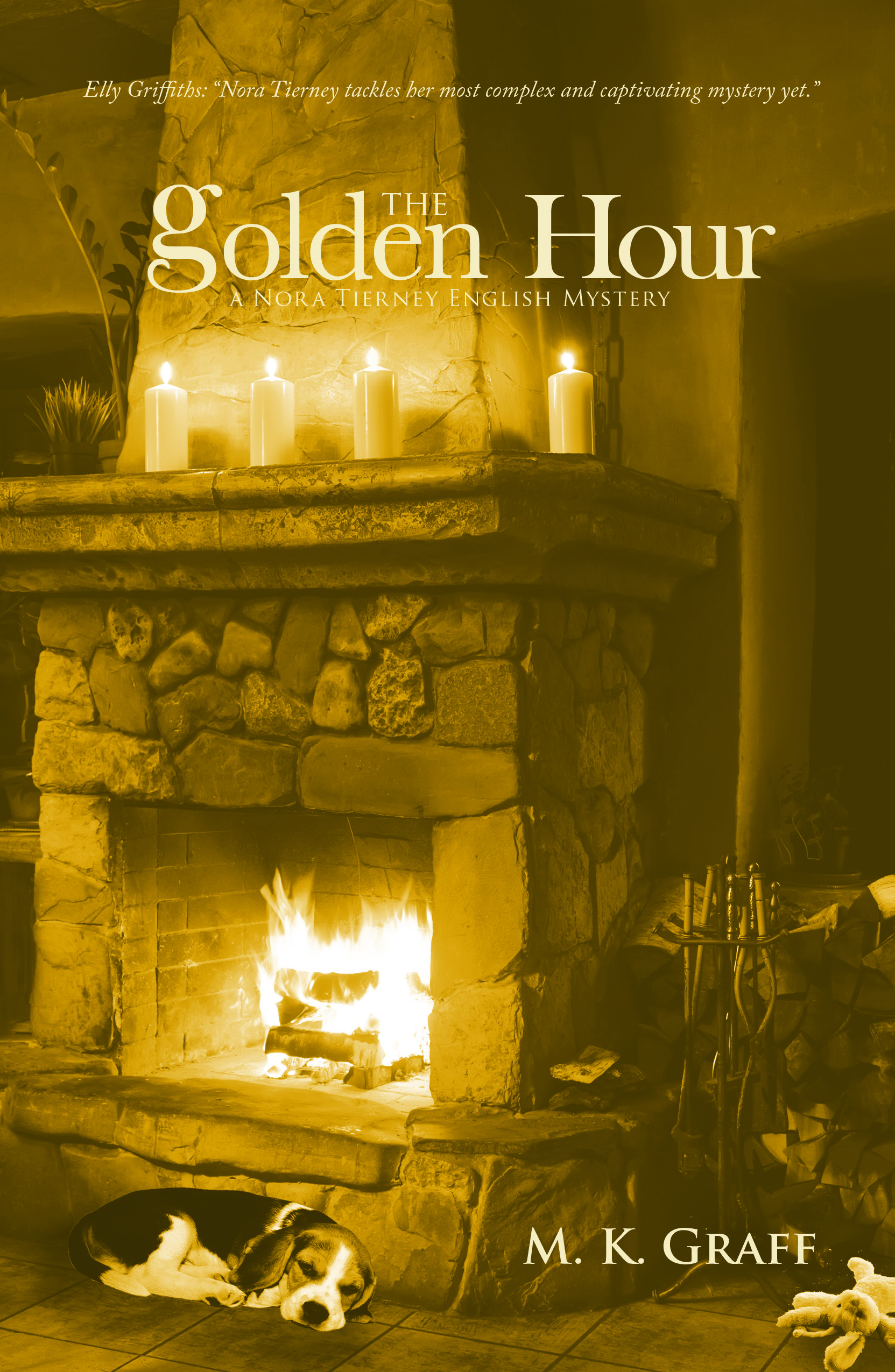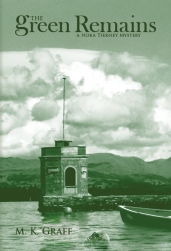
Elizabeth George’s Inspector Lynley series is one of Auntie M’s favorites. She was also fortunate to take a Master class from George one year at New England Crime Bake, and that experience alone made her relish the thought of reading through George’s new book on the complicated task of putting together a novel in Mastering the Process: From Idea to Novel.
George is quick to point out that her method may not suit everyone, although it closely mirrors Auntie M’s own. Indeed, finding one’s particular method that works for that individual is part of the challenge for any writer. Still, there will be something in these pages for any writer, even if one’s own way of writing doesn’t follow George’s.
She starts off with setting, the backdrop for her crime novels, and uses actual photographs she took on her research trip for her novel Careless in Red to illustrate her points. The landscape is the stage upon which writers place their action and their characters, so it’s one the reader must come to understand, and sometimes, manipulate. It influences what can and cannot be found between the pages, and often suggests plot.
While the area may be changed or rearranged to fit the writer’s plot, having done thorough research eliminates a blank page as the starting point. Any points that are needed afterward that memory or photos can’t provide, of course, can be added by Google, maps, and other information about the chosen area.
George moves on to characters and how she develops them, as her plot starts to form. She emphasizes understanding the core needs and also the psychopathology for each one. By creating background needs, combined with an underlying behavior that influences reactions, the character become fully fleshed out. This helps the writer understand how a particular character would act, react, and even speak.
Of course there are chapters on dialogue, viewpoint, plot development, scene structure, and more, all aided by concrete examples from this same novel. By using pages from her book to illustrate each point, the reader comes away with a clearcut view of how George puts together her book. She even includes a special device she calls a THAD, the Talking Heads Avoidance Device.
You’ll have to read the book to find out exactly how that functions, but reading this book is not something that should be just limited to writers. Any reader looking for a clearer understanding of a writers process, or any fan of George’s novels, for that matter, who wants to understand her personal process, will enjoy this book that contains so much useful information, written in a clear and entertaining way.
And many will find, just as Auntie M did, that a re-reading of Careless in Red after brought the entire thing together in a way that showed what was explained in delightful action. Highly Recommended.
Leave a Response »

















